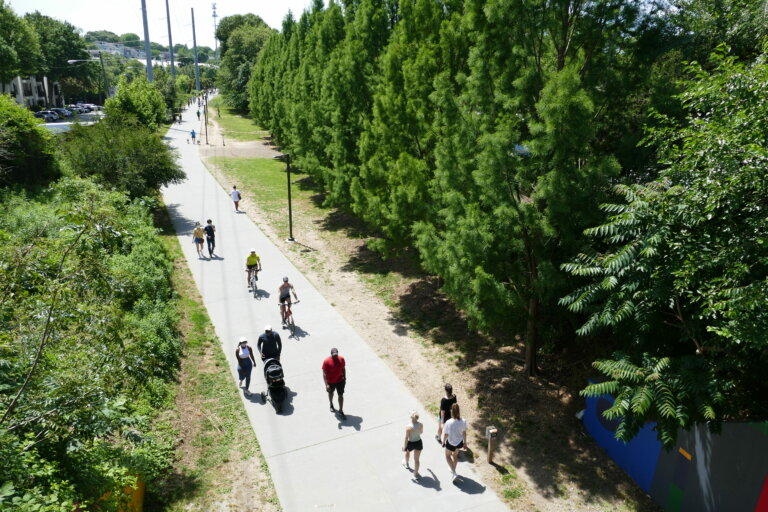
Caption
An extension of the Atlanta Beltline is among the projects Georgia congressional leaders hope to earmark for federal spending. The paved northeastern segment of the planned 22-mile loop around Atlanta's core lured people outdoors Saturday.
Credit: John McCosh/Georgia Recorder


